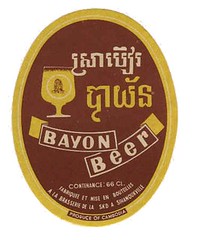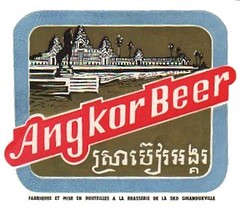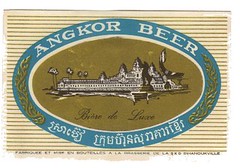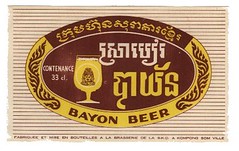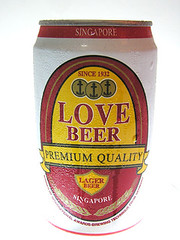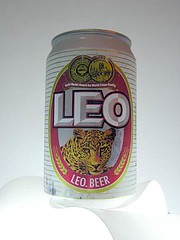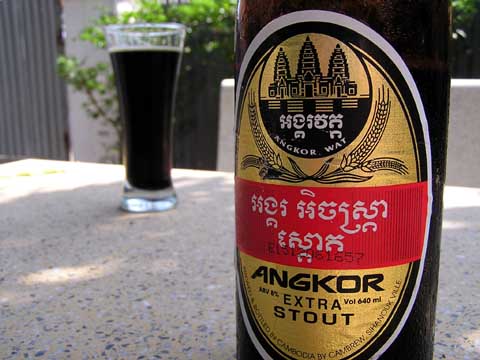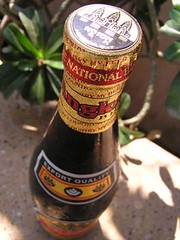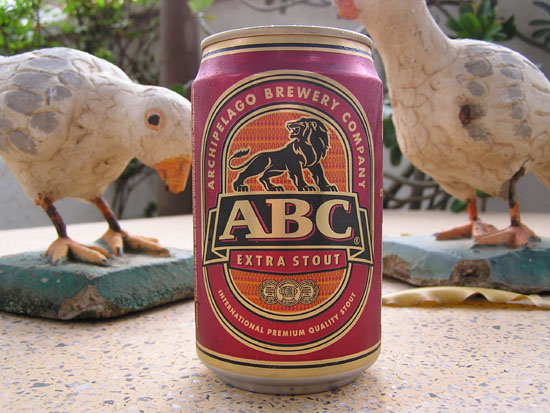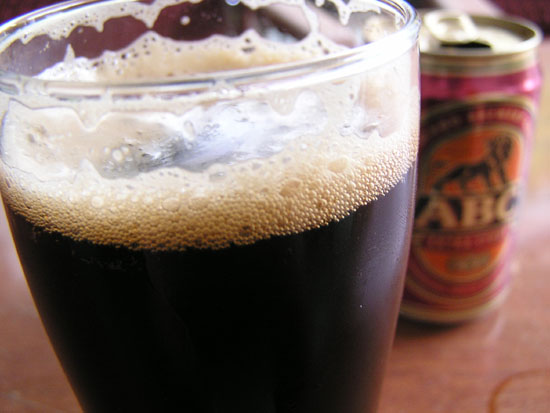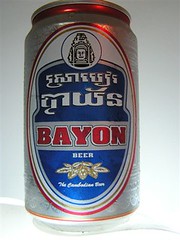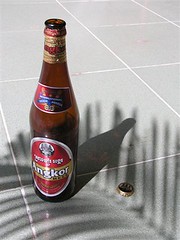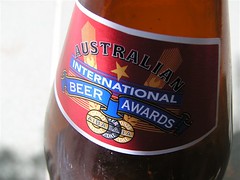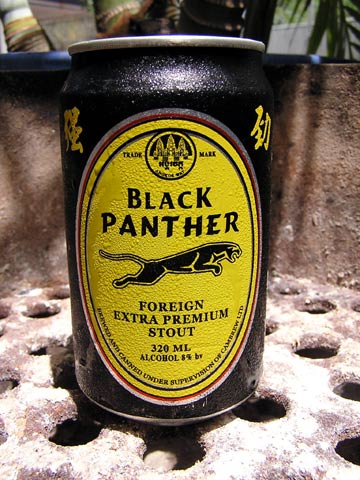
Brewer: Cambrew
To let the cat out of the bag is an especially cruel idiom for anyone who has actually either seen a bagged cat or attempted to bag one for themselves. Folk etymology has it that the idiom developed from the practice of unscrupulous suckling pig vendors substituting a live cat for a pig, (‘the pig in a poke’). Letting the cat out of the bag discloses a horrible and much less-tasty secret. Cambrew have let the cat out of the bag, a bag that they should sink back into the aphotic depths of the Tonle Sap filled with horseshoes.
Cambrew says“Black Panther Stout is a stout named after the powerful symbol for strength, energy and health. Black Panther Stout embodies the full quality of a stout with an alcohol content of 8% to 8.3% by volume. Black Panther Stout is robust, full bodied with special bitterness and a strong hoppy aroma, to put back what the day has taken out.”
I say: I was hoping for an imperial stout that did Huey P. Newton proud. J. Edgar Hoover called the Black Panthers ‘the greatest threat to internal security in the United States’ and I believe that this beer is an equal threat to the security of my internal organs. Alcohol content is 8%, so Black Panther burns on the way down like setting fire to Watts in 1966 and then beats you about the liver like a COINTELPRO agent. Thin head, burnt butter and molasses flavours. Finish is dry and astringent.
Availability: Widely available, can only
If this beer was an animal, it would be: A jive turkey
